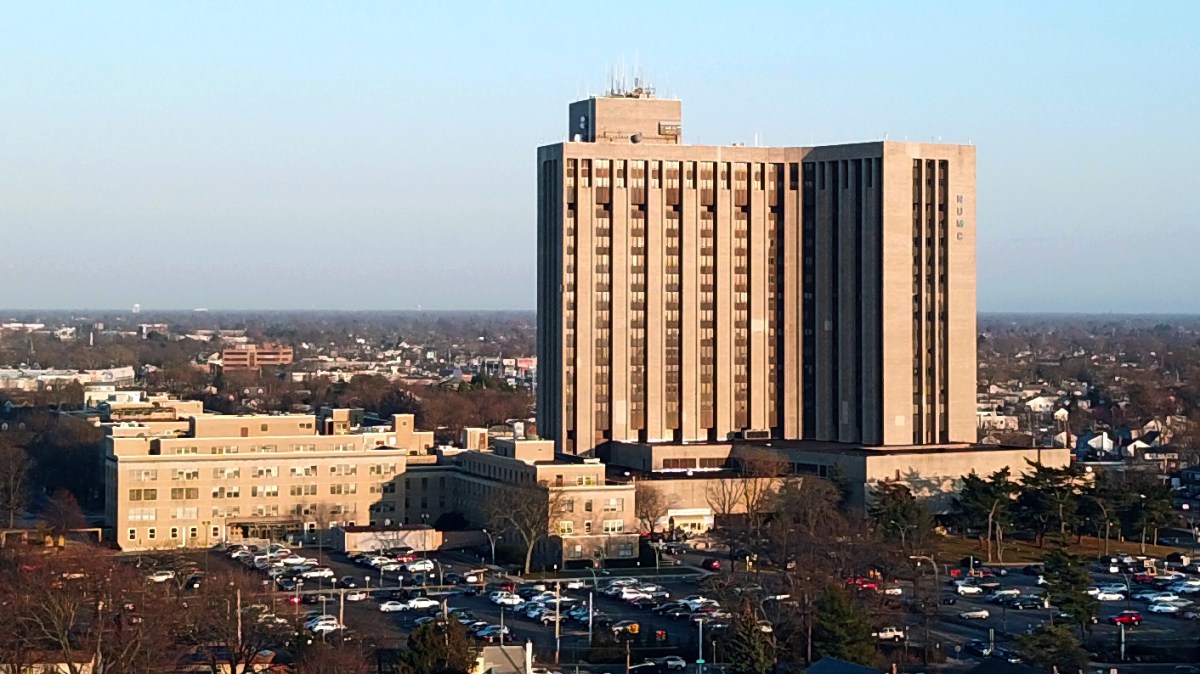One of the state’s wealthiest counties, served by some of the world’s best hospitals, should be able to provide quality healthcare to poor or uninsured Long Islanders who have nowhere else to go during an emergency.
Such a place exists – Nassau University Medical Center.
But the future of its patients and staff is threatened by the center’s decades-long financial problems and the inability of its management, the state, and Nassau County to reach an agreement on who will run and where the money is coming from to cover its expenses.
In March, state Health Commissioner James McDonald responded to a request from the medical center for $83 million in emergency aid by demanding a search for a new president and CEO and a plan to cut deficits. Or face a state takeover.
NuHealth, the public benefit corporation that runs the center, presented a plan weeks later to appeal insurance denials, restrict overtime and raise the price of hospital services for the first time in more than a decade.
But McDonald said in April that NuHealth’s plan was “insufficient,” lacked a detailed five-year plan to stem ongoing deficits and had not committed to a CEO search. So far, he said, the center has not come up with an adequate response.
Another obstacle is Nassau County, which backs the former hospital’s more than $100 million in debt but has had its own financial problems for the past 25 years.
The Nassau Interim Finance Authority, a state board that oversees the county’s finances, recently questioned the accounting practices used in its proposed $4.2 billion 2025 budget and found that surplus money from prior years was being improperly used to plug holes.
The county budget was passed by Republicans 12-6 in a party-line vote despite NIFA’s concerns. But it is now subject to NIFA’s final say.
NIFA has overseen Nassau’s finances since 1999, when the county was close to financial collapse and required a state bailout of its own.
At the time, the county’s bond ratings were near junk status; it faced a $300 million deficit and had run up to $3 billion in debt by overspending and refusing to approve tax hikes.
Republican Gov. George Pataki agreed to the bailout but placed the county’s finances under NIFA’s oversight.
Nassau’s continued financial mismanagement resulted in even tighter oversight in 2011 that has continued to this day.
Under this control period, NIFA is required to oversee county contracts, labor agreements and borrowing – in one of New York’s wealthiest counties.
This has included NUMC, whose financial troubles have been cited as one of the key reasons the control period and NIFA’s role remain necessary.
NIFA analysts said in a report released in October that under the county’s budget revenues are not keeping up with expenses and the county was relying too much on federal pandemic funds.
The analysts also said Nassau University Medical Center remains a “poorly managed and poorly governed” hospital.
Nassau County officials have claimed the state has shortchanged NUMC in recent years, while state officials say they have increased direct aid and also provided indirect aid by covering insurance premiums in danger of lapsing
In the meantime, NuHealth officials maintain that the hospital has made significant strides over the past year, which are attributed to its current management.
Employees and local elected officials have called the hospital a vital lifeline in Nassau County. We agree.
But questions remain about the hospital’s current leadership and its ability to provide essential services during a time of great change in the delivery and financing of medical care in Nassau County.
We urge Gov. Kathy Hochul, the state Health Department, NIFA, Nassau County and medical center officials to work together to determine that answer. The patients and the center’s staff deserve nothing less.



































